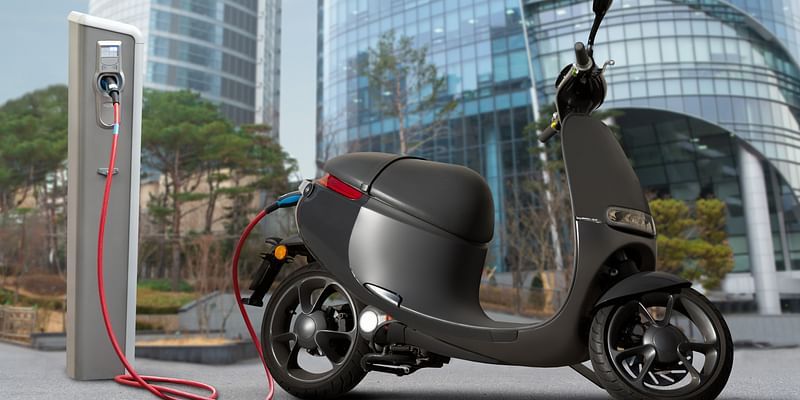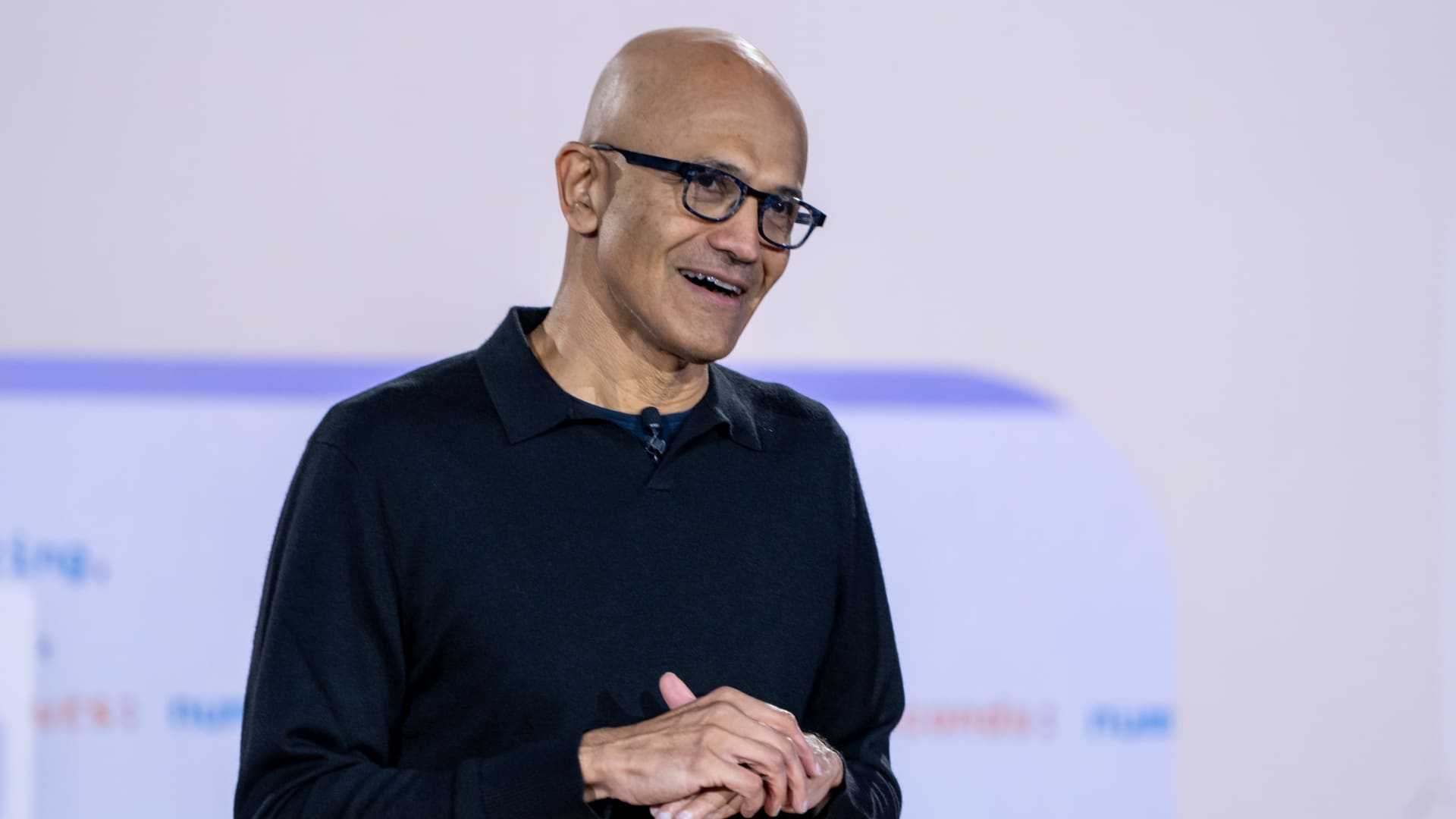By Sai Keerthi
Copyright yourstory

The 2025 festive season came after a crucial announcement by the Indian government—GST slab revamp. Under the new structure, petrol and diesel-run vehicles were moved to a lower GST slab of 18% compared to the previous slab of 24%. This helped narrow the price gap between ICE vehicles and EVs, sparking concerns within the industry. However, according to industry experts, these concerns were short-lived.
Festive sales, a period of exuberant discounts and offers that is met with rising demand due to auspicious purchase timing, is often cited to be a golden period for companies across sectors, including big-ticket purchases such as vehicles. The festive period roughly spans from September to November.
According to financing companies YourStory spoke to, this year is expected to be no exception. “We believe that 30% of sales happen during this season, and we are not talking just about us but the entire ecosystem,” said Dhiraj Agrawal, Chief Business Officer at Mufin Green Finance.
While demand across vehicle categories sees an uptick, two-wheelers are expected to see rising demand, followed by three-wheelers and four-wheelers, especially with players like Tata, BYD, Mahindra, and MG having released new vehicle variants this year in electric cars.
In the two-wheeler segment, both TVS Motor and Ather Energy have sold more units in September this year than they had last year. TVS sold 19,687 units this month compared to 18,257 units in the year-ago quarter, while Ather Energy has sold 15,263 units this month, as of September 29, compared to 12,925 units in September last year, according to Vahan data.
However, it should be noted that historically, October reflects much of the sales from festive demand compared to September as festive season kicks off during the end of this month.
This year, many OEMs are also struggling to rearrange their supply chain amidst the ongoing rare earth magnet crisis triggered by export restrictions in China—a factor that the automotive segment had flagged would affect their festive sales.
Despite this, the ecosystem remains optimistic. “We definitely believe there is going to be positive momentum in the season and that’s how it has always been for the two-wheeler industry and no exception for EV. New models have come in. Financing options have also got better and more affordable,” says PB Sunil Kumar, Executive Director and CEO at evfin—the financing arm of Greaves Cotton Ltd.
According to Kumar, the EV customer segment is maturing and are realising that buying an EV cannot be compared to buying an ICE vehicle. “Despite the GST cut on ICE vehicles…the long-term economics of EV still remains unbeatable—lower running costs, lower maintenance, cleaner air. So, the people who believe that’s the need for them would definitely go on for it…We don’t see people coming in, stopping for an EV and then comparing with ICE, which used to be earlier.”
All that glitters is not gold
Rising festive sales can also create significant pressure for EV financing companies. According to Mufin Green Finance, the surge in demand puts intense pressure on these companies to filter through financing requests to assess the financial health of customers during this time.
Another challenge comes from the discounts itself. During the festive season, most OEMs announce steep discounts. However, changing offers often pose a challenge for financing companies. “If the vehicle is priced at Rs 1 lakh today, and as per our policy, we finance 80% of the vehicle’s cost, and on the day of the festival, if the OEM changes the price of the vehicle to Rs 80,000, that goes as 100% of the funding to the customer,” Agrawal says.
Meanwhile, Kumar has identified emerging trends in the personal commute segment. Top OEMs in the country are not just giving steep discounts on their vehicles, but are eyeing alternative ways to catch the eyes of buyers by looking to offer something that is beyond competitive pricing strategies.
“For instance, extended warranties, like a 5-year warranty moving up to an 8-year warranty. These kinds of products are going to help a customer get more confident and I think established OEMs are trying to play this out.”
YourStory had previously reported that EV OEMs are no longer looking to bring the cheapest vehicle in the market—in response to customers preferring to purchase mid-cost variants that are above Rs 1 lakh.
(Edited by Megha Reddy)



